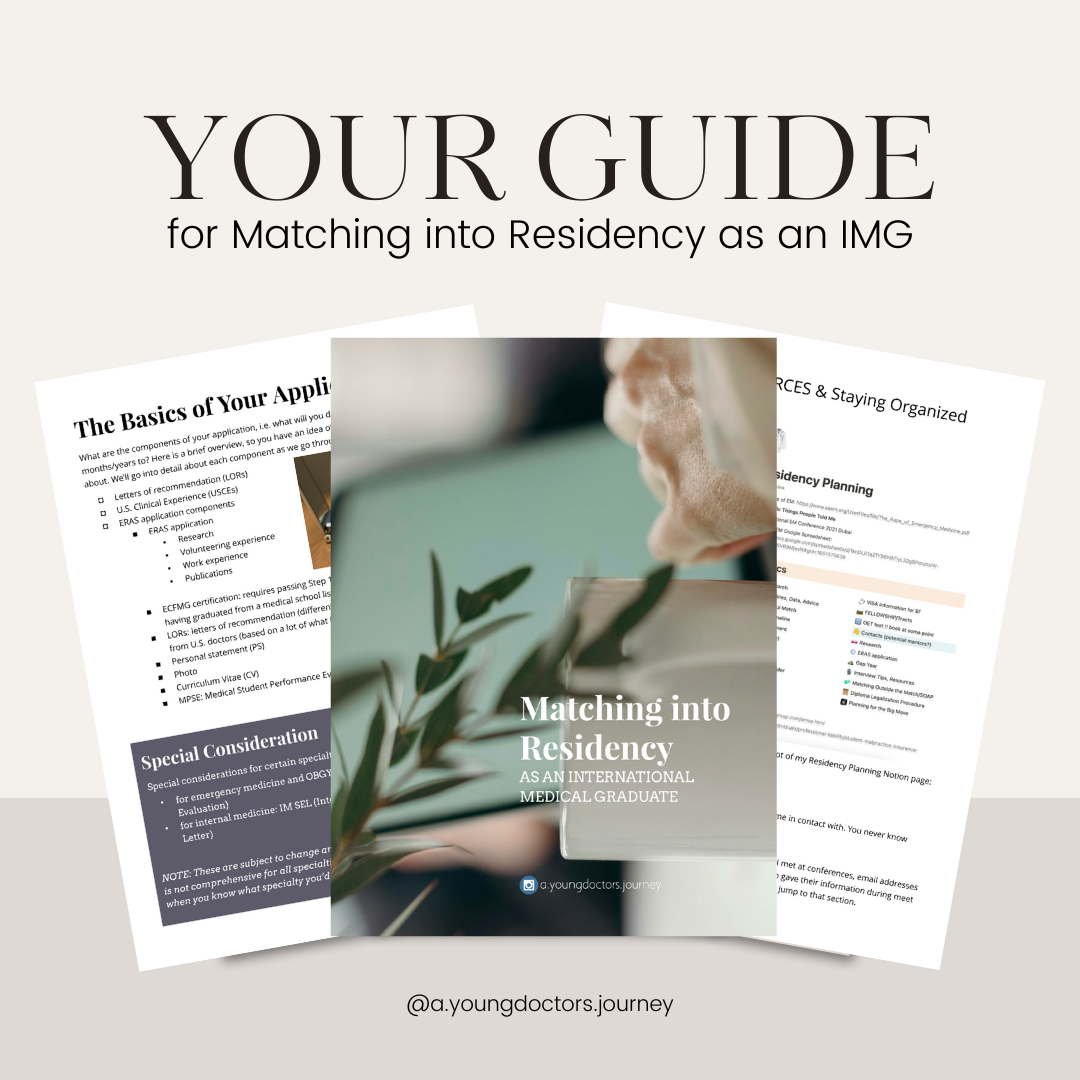How to Start Writing Case Reports

I'm far from an expert – it took me over a year for my first one from start to finish (finding the case to submitting it to a conference) – and I'm still learning.
But no one taught me how to do it and so I wanted to share at least the INITIAL steps with you guys. And we'll learn together, as we go along.
UPDATE April 4: Updated with poster-marking resources at the bottom, scroll down.
First things first:
Why bother?
Lots of reasons. I have a blog post on Why Do Research in Medical School, and a lot of those reasons are valid for this too, even though the 'research' isn't as in-depth.
In short:
- great way to learn (deep dive into an interesting case)
- great way to teach (share what you learned with fellow clinicians)
- great way to travel (conferences are often in fun, faraway cities)
- great way to network (you will undoubtedly meet lots of like-minded, inspiring individuals)
- great way to build your resume (contribute to the academic world and strengthen your CV
How to start?
Well, there's two approaches. The "natural" approach is that you're at work, and something strikes you as interesting. It's the kind of case that you share with your coworkers the next day. "Yo, you won't believe the case we had yesterday."
For now, all you have to do is save the MRN (medical record number) somewhere secure.
Next up, you answer some basic questions – who's written about this? How rare it is? Or is it a common disease with an uncommon presentation? Will it add value? What did you learn, and have others learned/taught about it?
Then you get to work.
The other approach is the more "premeditated" approach. My first ever case report + conference presentation was the former approach.
But now I'm very much using this second, more thought-out approach. Let me explain.
You've decided that you want to write a case report, but you may not have a case. Yet.
Start by figuring out what kind of places (conferences, journals) you'd like to submit to.
Personally, I prefer conferences for now – I get to travel, meet people, and it's often funded by GME* (more on that later). Submission (and acceptance) to journals is generally higher value, in terms of your CV, and it lives on longer. But it's also a bit more challenging, so don't feel like you have to start with that.
For this second method, you want to start by figuring out what conferences are coming up in your intended field. A simple Google search is a good way to start:
"emergency medicine conferences 2025"
Make a list or add them to a table. Include the date, and what rotation you're on in residency, which is important for scheduling. For example, it's very hard to get time off when I'm on an ICU rotation, but if it's an elective week? Bingo.
Pick your top three conferences to start, and look through their "submission guidelines." Do they have a case report section? A clinical images section?
Write down the submission deadline into your table/list, and (this is crucial): ADD A REMINDER TO YOUR PHONE for the week or two before. I had "SAEM submission due Dec 7th" on my to do list for weeks, which helped me keep my lofty ambitions on the forefront of my brain as the deadline approached.
Next up: figure out if they have any specific paperwork that needs to be filled out. For instance, many clinical images submissions require a patient consent, which can be hard to obtain after the fact. If you know you're looking to submit a case and you have an idea of which conference and what paperwork it needs, you can do it on shift, in real time, and save it for later.
Now you can go about your life in the hospital, keeping your ears perked for interesting cases. Anything that someone shares with you (and they're not writing up themselves, of course), ask yourself, "Could someone else benefit from knowing about this case?"
And so it goes.
Now that you have chosen your case, you have to do the hard part: actually writing the case report.
For guidance, you can (and should) do two things.
- Peruse the Internet for similar cases. Chronic arsenic poisoning in an inner city patient? How frequent is that? Who's written about it? What makes your case different?
- Pick one or two and dissect the paper: the format, the writing style, the length, everything. Your job is to emulate the "average" of these.
Now that you have your case and you know where you want to submit it: figure out the submission guidelines. What kind of sections does it ask for?
Classically, it'll be: history of present illness, physical exam, workup (pertinent labs, imaging, etc.) and a discussion, but there's some variability.
Open a Google Doc (free to use), and write out your intended format. And then get to work. Find your patient using the MRN, read through their chart, look at previous visits (were they a 3x-bounce back before they were finally diagnosed with an aortic dissection?) and start copying down what you think is interesting, important, relevant.
You can use Pubmed to do your research, or try out Perplexity AI, which summarizes the content on the Internet using reliable, academic sources. Make sure you never plagiarize and keep your sources organized at the bottom of your document.
We'll talk more about the specifics of a case report in our next post. Stay tuned and let me know what questions you have.
*GME: graduate medical education, the office overseeing most residencies, often has money put aside to fund resident travel. It would be an absolute shame to let this money go to waste. My hospital gives $1500 for travel expenses, hotel, conference registration and food, and an additional $500 for the flight, if you fly. I submitted my receipts two weeks after my last conference in Boston and was immediately reimbursed. Let's see if they approve my next conference, keep your fingers crossed for me!
For my full guide on matching into residency in the United States, check out my e-book.
Quick tips for making a poster presentation, as requested:
- Few words, more diagrams
- Include references
- Images and pictures are great
- You should be able to read the text from a few feet back
Here are some free resources from the previous conference I submitted to (thank you, AAEM), maybe you'll find them helpful.





